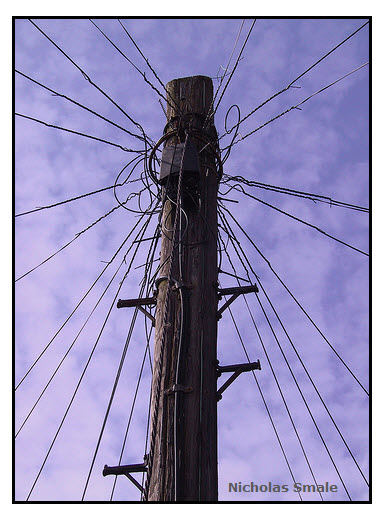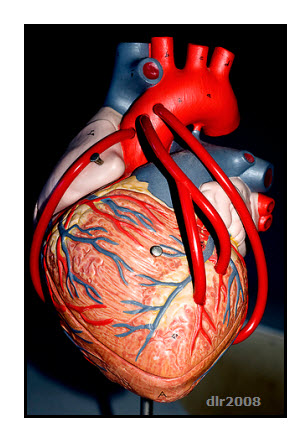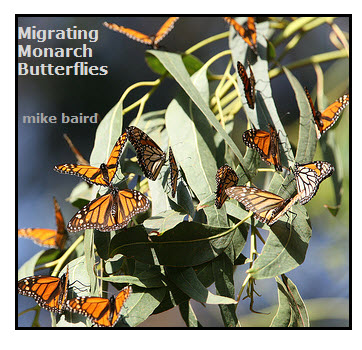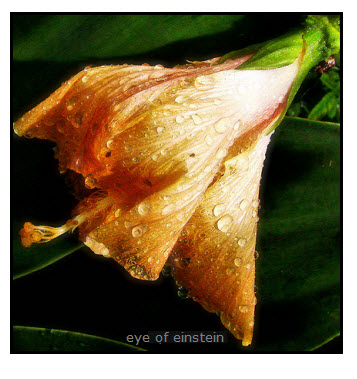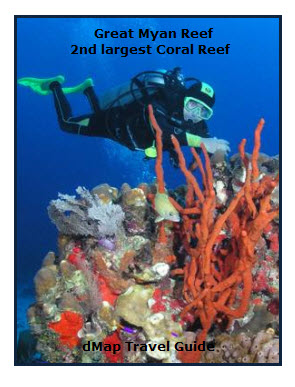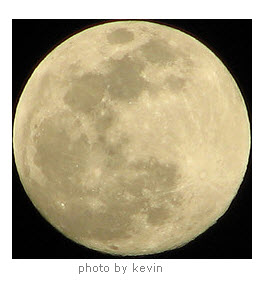appendicular skeleton The division of the skeletal system consisting of the bones of the paired appendages, including the pelvic and pectoral girdles to which they are attached. axial skeleton The division of the skeletal system that forms the central column, including the skull, vertebral column, and rib cage. bone A connective tissue that provides support […]
Nervous and Endocrine System Glossary
How Does Your Brain Know That Your Finger is Cut? Your brain is part of one of your body’s nervous system. This system is one of the communication systems of your body. Nerves from your cut finger send messages to your brain. The endocrine system is your body’s other communication system. Following is a glossary […]
Immmune System Glossary
actively acquired immunity Immunity developed as a result of accidental or deliberate exposure to an antigen. Accidental exposure: coming into contact with someone who has a transmissible disease. Deliberate exposure: being vaccinated. allergen A foreign substance that triggers an allergic reaction. These substances are usually derived from living things, including pollen, dust mites, foods, and […]
Blood Transportation System Glossary
alveoli Tiny, hollow air-exchange sacs that exist in clusters at the end of each of the air-conducting passageways in the lungs, the bronchioles. aorta The enormous artery extending from the heart that receives all the blood pumped by the heart’s left ventricle. Branches stemming from the aorta supply oxygenated blood to all the tissues in […]
Digestive System Glossary
antidiuretic hormone (ADH) Substance that helps control how much water is either sent to the bladder (in urine) by the kidneys or retained in circulation. In a release controlled by the brain’s hypothalamus, ADH increases the permeability of both the distal nephron tubule and the n bile Substance produced by the liver that facilitates the […]
Animal Development Glossary
animal pole The end of a zygote with relatively less yolk and lying closer to the cell’s nucleus. The location of the egg’s poles defines the orientation in which the embryo develops. blastocyst Hollow, fluid-filled ball of cells that is formed in the early stages of the embryonic development of humans and other mammals. In […]
Ecology Population Glossary
arithmetical increase An increase in numbers by an addition of a fixed number in each time period. biosphere The interactive collection of all the world’s ecosystems. Also thought of as that portion of the Earth that supports life. carrying capacity The maximum population density of a species that can be sustained in a given geographical […]
Ecology Communities Glossary
Batesian mimicry A type of mimicry in which one species evolves to resemble a species that has superior protection against predators. biodiversity Variety among living things. There are three principal types of biodiversity: species diversity, geographic distribution of species populations, and genetic diversity within species populations. biological legacy A living thing, or product of a […]
Ecology Glossary
abiotic Pertaining to nonliving things. algal bloom An overabundance of algae in a body of water, resulting from an excess of nutrients. The many dead algae that fall to the bottom allow decomposing bacteria to flourish, using up so much oxygen that fish can suffocate. aquifer Porous underground rock in which groundwater is stored. algal […]
Moon Landing
Neil Armstrong and Buzz Aldrin hold the title of being the first to walk on the Moon. There were three crewmen, the third being Michael Collins who orbited in the Command Module while Armstrong and Aldrin were on the Moon’s surface. For details and photos, see Apollo 11 Mission.
- « Previous Page
- 1
- …
- 37
- 38
- 39
- 40
- 41
- …
- 96
- Next Page »

